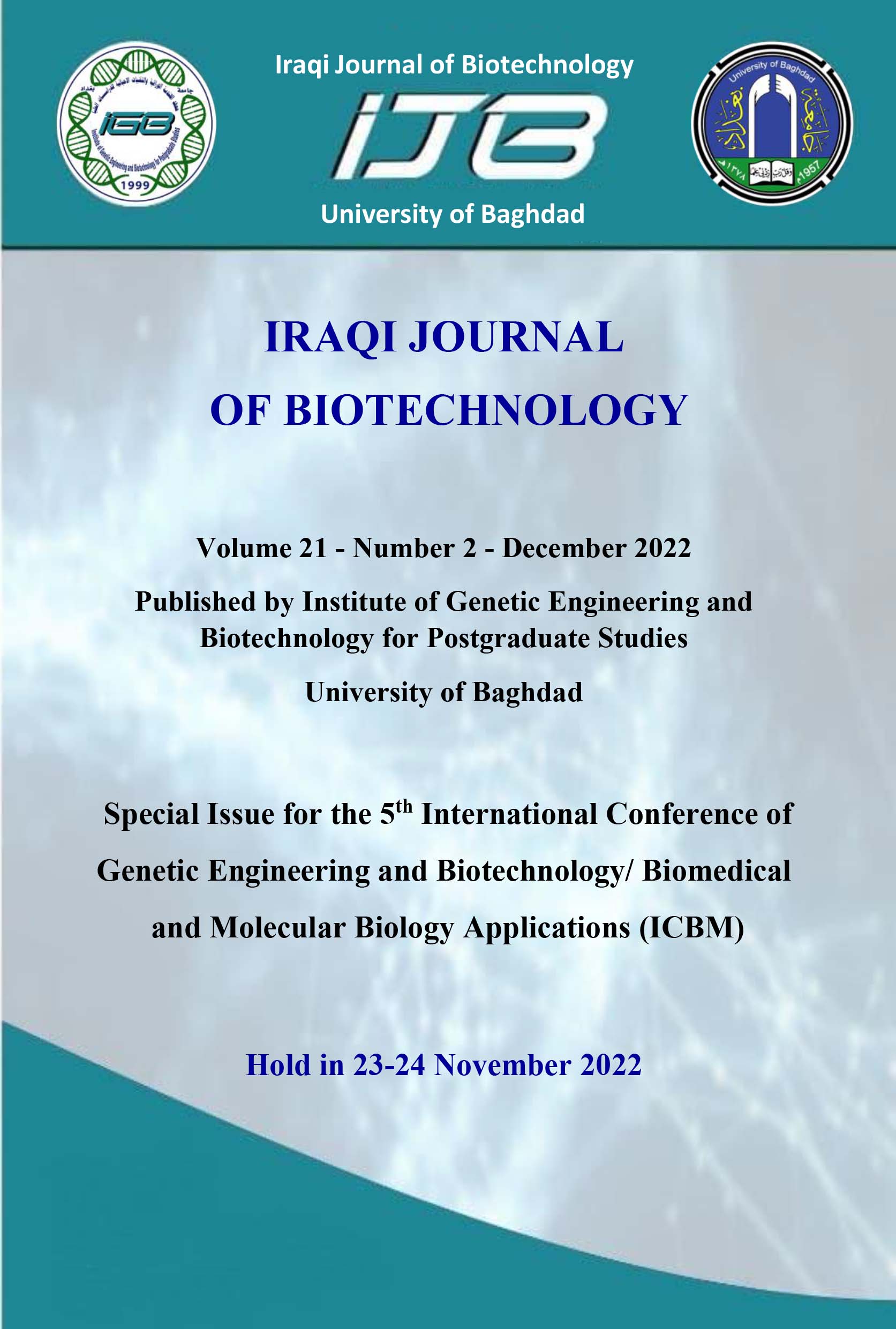Impact of Chalcone in Biofilm Formation of Clinical and Environmental Antibiotic Resistant Pseudomonas aeruginosa Isolated in Kut City
Abstract
Objectives: Pseudomonas aeruginosa continues to be the most common pathogen in the nosocomial settings. This organism shows the high level of resistance against various groups of antibiotics. Therefore, this study was conducted to find out the antimicrobial resistance effects of Pseudomonas aeruginosa and the role chalcone in the biofilm formation. Materials and Methods: A total isolates of P. aeruginosa were collected from burn, wound, sputum and Patient room VITEK-2 System, a standard technique, was used to perform antibiotic susceptibility testing. The broth microdilution method was used to determine the MIC of the chalcone using the 96-well microtiter plate. Results: Cetrimide agar used to isolate and diagnose of P. aeruginosa, among 111 (61.78%) clinical isolation and 7 (35%) environmental samples, then full identification of P. aeruginosa using the conventional biochemical tests. The antibiotic susceptibility test for thirteen antibiotics was performed by the standard disk diffusion method, and the results showed that 48 isolate of p. aeruginosa was multi-drug resistance with (70-100) %, 53 isolates (50-70) %, and 17 isolates with (30-50) % resistance. Ten multi-drug resistant isolates of P. aeruginosa were used to examine their ability in biofilm formation Microtiter plate methods. The results showed that all the isolates had strong biofilm production except isolates No. 4, 7, and 9 which was moderate. The broth microdilution method was used to determine the MIC of the chalcone using the 96-well microtiter plate. The result showed that the MIC values of the chalcone compound on all P. aeruginosa isolates were 1000 mg\ml except for isolates No.4, 7, and 9 which were 500 mg\ml. Furthermore, chalcone inhibited 100% of the biofilm formation of P. aeruginosa isolates in 500 µg/ml, and reduction the biofilm formation in concentration 32.25 µg/ml.


